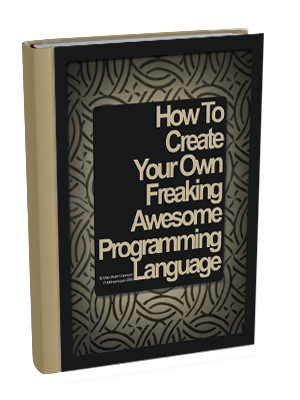Both creators and marketers alike are tapping into the power of fostering communities — and with good reason.
Cultivating deeper connections with and between your followers can inspire brand loyalty and boost brand awareness, engagement, growth, and reach — not to mention that it feels really great to bring like-minded people together around a shared purpose.
So how do you do it? And is it worth it? We asked both online community experts and community-building creators to share their expertise, so you can tap into this powerful approach.
What is a community?
While you’ll find the term ‘community’ applied to everything from fandoms to followings, community experts are quick to point out that simply having an audience (or following) does not a community make.
“At its core, a community is a group of people who share common interests and want to connect with other people around those interests,” says Alex Angel, Community Consultant, formerly Nike and Reddit.
Possibly the most important piece of the puzzle is that “connect with other people” element. On social media, fostering community means getting the people who are connected to you connecting to each other.
VP of Marketing & Community at Comunity Leaders Institute, Adrian Speyer, pinpoints four key aspects of community.
- A shared space for people to gather and connect.
- These people share a common language (jargon), customs, interests, or passions.
- They share voluntarily and among themselves in this space.
- They feel a sense of belonging in this group and are genuinely interested in supporting, assisting, sharing, and learning from each other.
Bear with me as I explore some more social science (there’s a Taylor Swift call-out at the end!).
Audience vs. community
While your community is part of your audience, your entire audience is not necessarily part of your community. The key differences between the two lie in the relationships and the flow of communication.
An audience has a one-to-many relationship, where information is usually broadcast in one direction, from the primary voice (brand, creator, celebrity) to the audience members.
In a community, many-to-many relationships exist (between the primary voice and the members, but also between the members themselves). As a result, the flow of information is multidirectiona
Recommended Story For You :
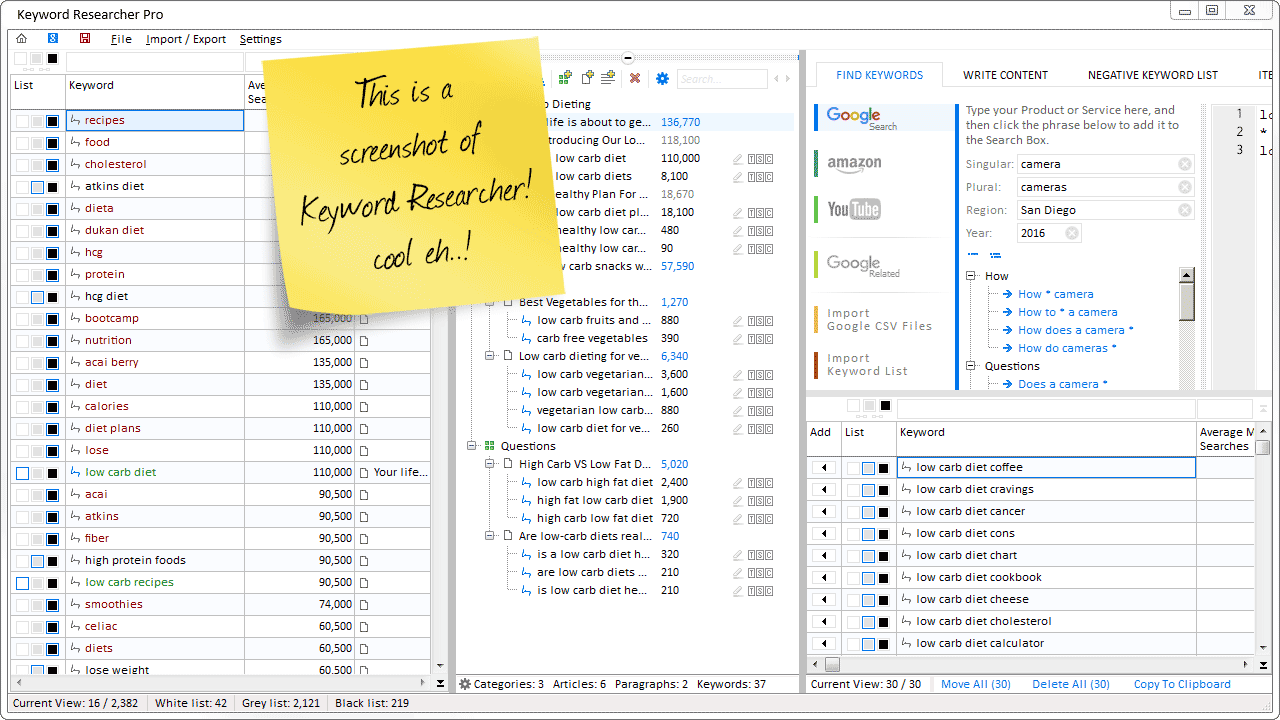
Organize Keywords and Import CSV Files from the Google Keyword Planner
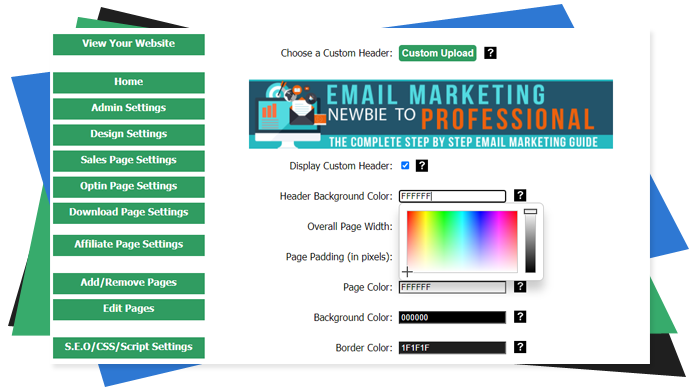
The Most Affordable And Easiest User Friendly Page Builder You Will Ever Use!

Instant WordPress Theme That Matches Your Website
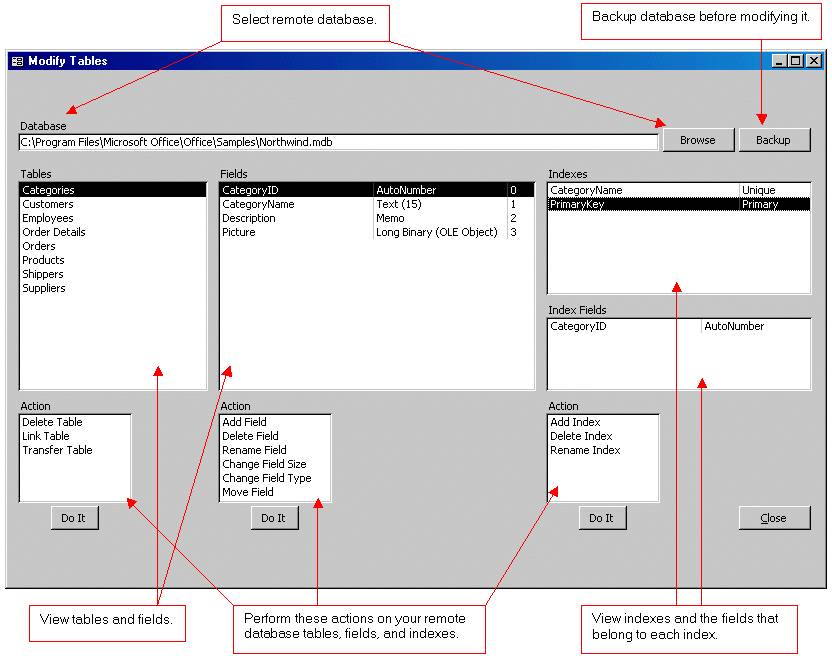
Wizard to Manage Remote Backend MS Access Database Tables Fields and Indexes

If you had an aisle-by-aisle grocery list wouldn't you spend less money on impulse items?
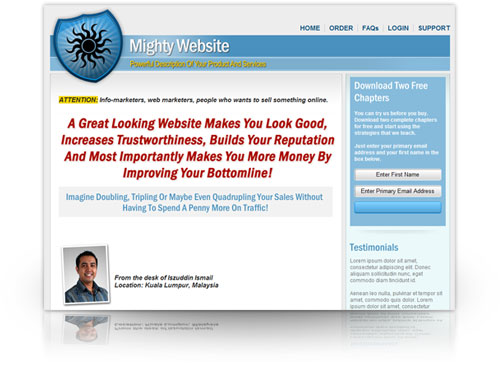
everything you need to create a professional corporate look mini-site is there.

Unlock Your Networking Potential with GNS3Vault

Viper Cache Was 77% Faster Than The Competetion

Understanding Stock Market Shorting eBook
